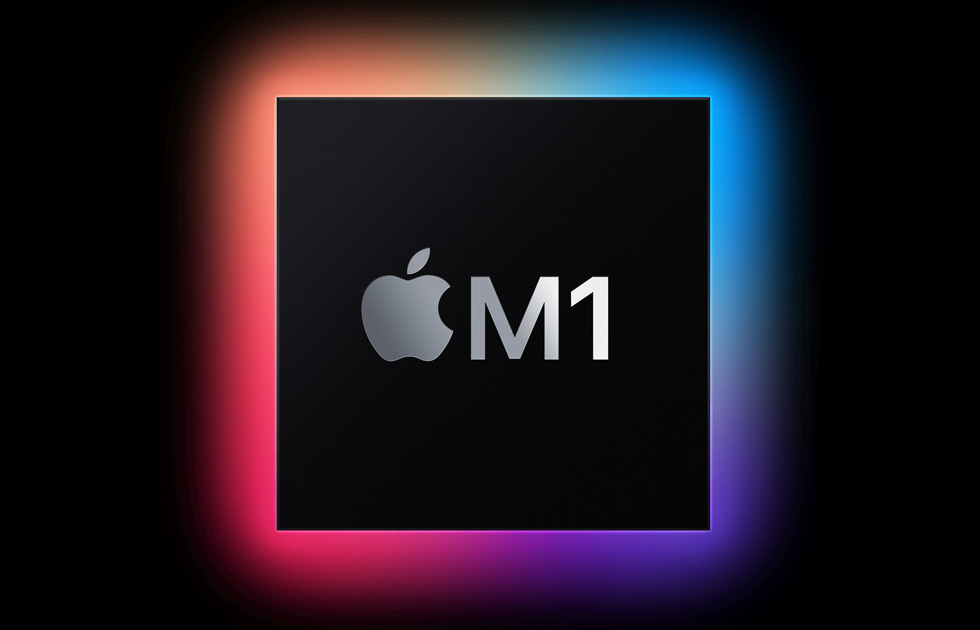Adobe Creative Cloud sees huge speed boost on Apple M1 over Intel
New universal Adobe Creative Cloud is optimized for the M1 architecture

Adobe’s new Creative Cloud has been benchmarked to be on average over 80% faster on an Apple M1 MacBook Pro as compared to an Intel-based MacBook Pro.
Adobe has released Universal binaries of its Creative Cloud suite of apps, which means that you can use the apps on both Intel and M1 machines.
Adobe adds that among other aspects, the apps particularly benefit from the unified memory architecture of the M1 chip, as well as the chip’s Neural Engine that helps accelerate Adobe Sensei-powered features.
- Take a look at these best laptops for editing photos
- We’ve also rounded up the best photo editors
- These are the best video editing laptops
The individual, segment-specific benchmarks were conducted by Pfeiffer Consulting for Adobe and detail the performance advantages of running the seven essential Creative Cloud apps atop Apple silicon.
Significant gains
Pfeiffer explains that the benchmarks show that performance gains scale based on the complexity of an operation. This is why resampling a relatively small image composition with dozens of layers shows significant gains in performance as compared to resampling a flat image file.
The benchmarks show that performance gains range from registering a 17% improvement when saving and closing a 60MB file to being two to three times faster when gauging Adobe Sensei powered features such as Content-Aware Fill and Select Subject.
On average, in the 19 workflow benchmarks conducted by Pfeiffer, Photoshop was clocked to be almost 90% faster on the Apple M1.
Sign up to the TechRadar Pro newsletter to get all the top news, opinion, features and guidance your business needs to succeed!
However, there is one caveat. Pfeiffer used identical hardware configurations for both Intel and M1 MacBooks. This gave the M1 an unfair advantage since it includes the GPU on the Arm-based system-on-a-chip (SoC) design.
Pfeiffer itself claims that for features that rely heavily on GPU acceleration, an Intel Mac together with a powerful GPU can still outperform the current generation of M1 Macs in some areas.
“There is little doubt, however, that Apple will address this in the future as new generations of M1 Macs close any remaining gaps with new Apple Silicon-based Macs,” concludes Pfeiffer in its assessment.
- We’ve also rounded up the best online courses for learning Photoshop
With almost two decades of writing and reporting on Linux, Mayank Sharma would like everyone to think he’s TechRadar Pro’s expert on the topic. Of course, he’s just as interested in other computing topics, particularly cybersecurity, cloud, containers, and coding.
